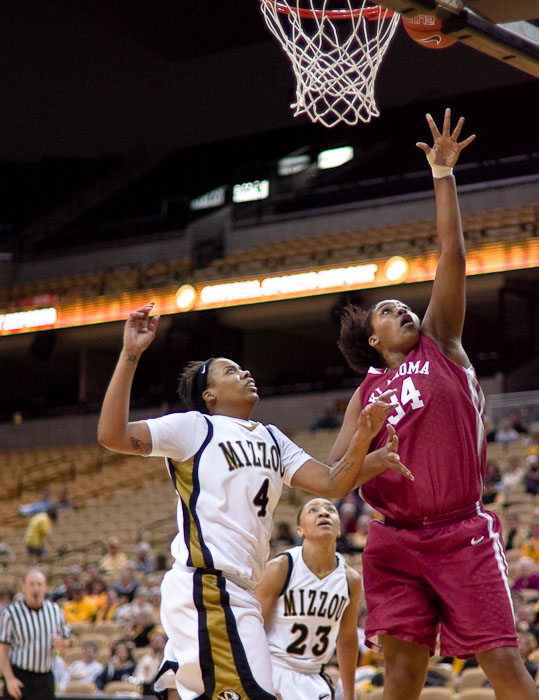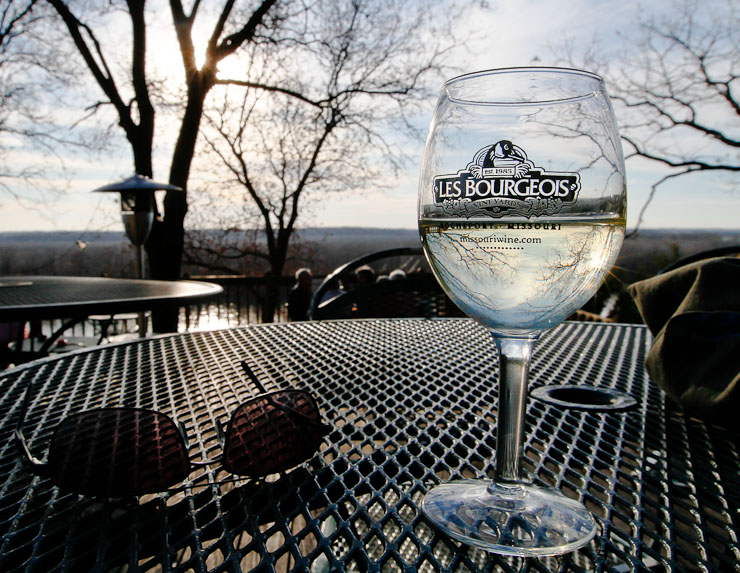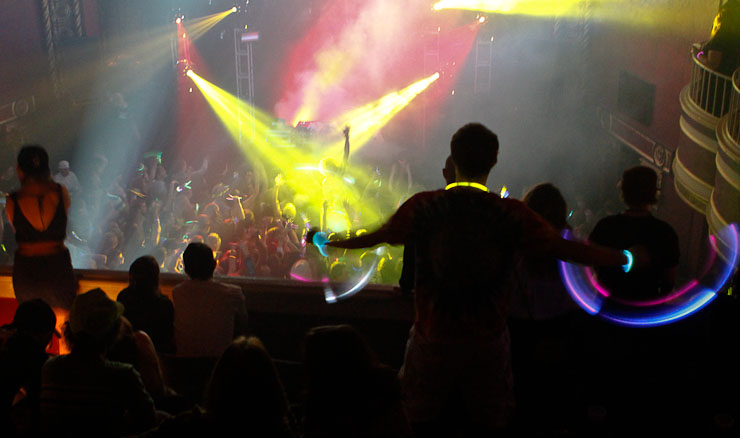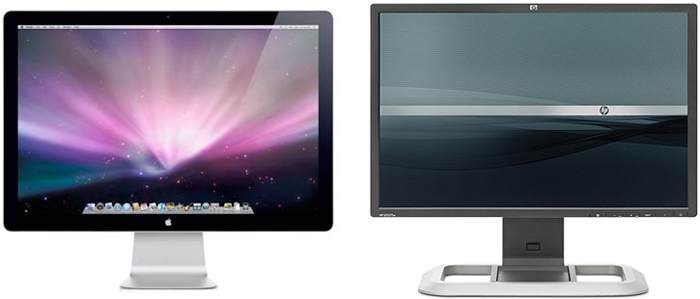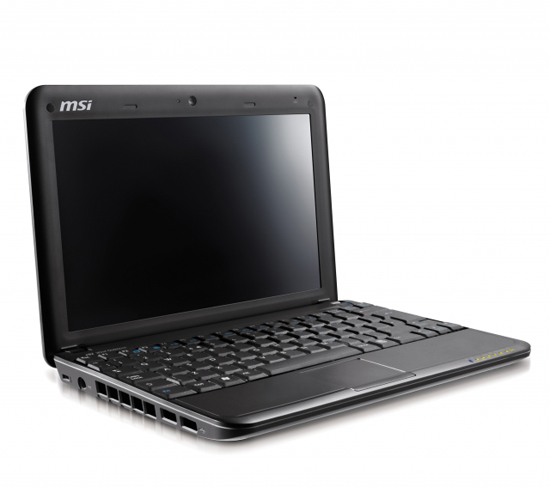When you don’t want razor sharpness…
I am currently in the process of properly calibrating the focus on my Canon lenses using the LensAlign system I rented after some recent frustrations with back-focusing while using the Canon 7D and 400mm DO IS lens. At the same time, I am also experimenting with a Lensbaby Composer that I rented to round out the order. It offers the complete opposite of what I am seeking for my other lenses: fuzziness. In fact, its effect is akin to a zoom blur, only far more consistent in its results than zooming a telephoto lens while dragging the shutter could ever be!
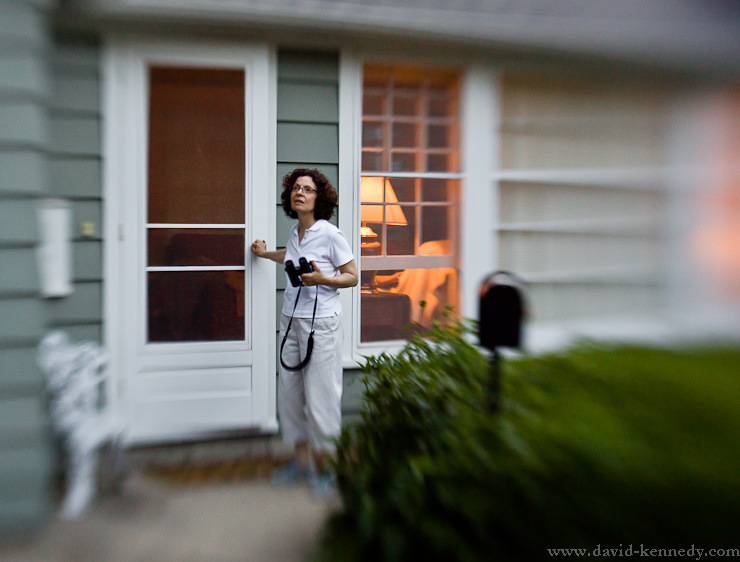
One of the first things I noticed when using this lens is that its color rendition on my 5D Mark II left something to be desired. I was prepared for and expected to have fun with the highly-selective focus / blurry nature of the Lensbaby, but I did not want wonky color to be a part of the experience. As I wrote earlier this year, the X-Rite Colorchecker Passport can be an incredibly useful tool when a camera and lens combination is not yielding the kind of color that you expect. Have two bodies and want similar color? Profile both of them in the same lighting condition.
More after the jump!
Continue reading “Perfect zoom blurs every time: Lensbaby Composer”



